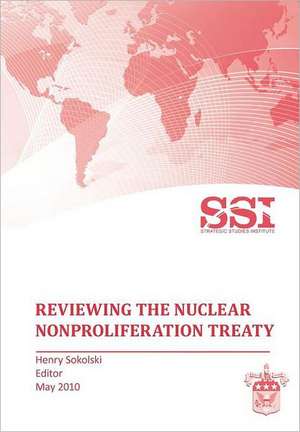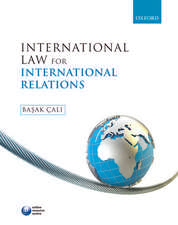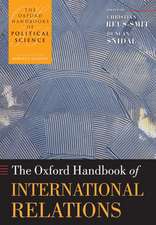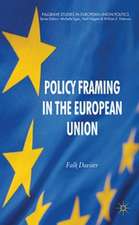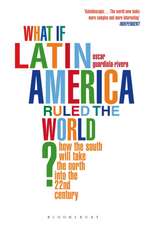Reviewing the Nuclear Nonproliferation Treaty (Npt): Views from Europe and Russia
Autor Strategic Studies Institute Editat de Henry D. Sokolskien Limba Engleză Paperback – 28 apr 2010
Preț: 205.49 lei
Nou
Puncte Express: 308
Preț estimativ în valută:
39.32€ • 41.05$ • 32.54£
39.32€ • 41.05$ • 32.54£
Carte tipărită la comandă
Livrare economică 04-18 aprilie
Preluare comenzi: 021 569.72.76
Specificații
ISBN-13: 9781780395180
ISBN-10: 1780395183
Pagini: 456
Dimensiuni: 170 x 244 x 23 mm
Greutate: 0.72 kg
Editura: Military Bookshop
ISBN-10: 1780395183
Pagini: 456
Dimensiuni: 170 x 244 x 23 mm
Greutate: 0.72 kg
Editura: Military Bookshop
